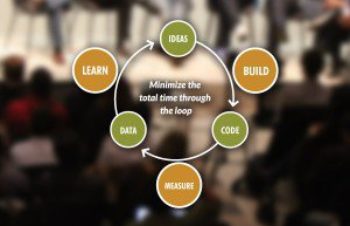MOOCs, Revisited.
I had a fascinating dinner last week with a small group of academics and investors. We met in the new Barnum Digital Learning Research Hub at Stanford University, to talk about the future of online learning.
If you've been paying attention, you know that MOOCs (Massive Open Online Courses) have received a lot of attention in the past couple years. Supposedly, by making university courses available online and open to all for free, we'll all be smarter and happier. And our kids can get educated for free, with zero commitment.
As always, nothing is that easy. MOOC's turn out to be over-hyped – the drop-out rate is high, the learning quality is inconsistent, and professional educators bristle at the whole concept of being replaced by a computer.
Two leading Stanford faculty members, Candace Thille and Mitchell Stevens, have been doing some wonderful research in this field, and I wrote a few months ago about how Candace has suggested that "big data" may actually be the most powerful opportunity in MOOC's.
Meanwhile, some of the most promising results are actually from using the MOOC concept to “flip the classroom”, providing a blended learning curriculum where the lecture component of a course is delivered online, while the “homework” component is done in the classroom, where collaboration happens more naturally and more productively.
At Bunker Hill Community College (near Boston), two professors were tasked with teaching a new course on the Python programming language last year. They used the “flipped classroom” approach by having the students view online lectures on Python taught by an MIT professor, then come into the classroom for hands-on learning, where they could work alongside their classmates and the two professors.
This sort of approach seems to leverage all the right things – students receive the lecture component online (with content from a top-tier university), but get the hands-on component delivered in a local, affordable classroom.
Stanford University President John Hennessy, in a recent interview with the Financial Times, said “Two words are wrong in MOOC: Massive and Open”. One of the reasons that MOOCs have a high dropout rate is because “free and open” means the students have no skin in the game. And “Massive” suggests that you are simply broadcasting content to millions of students, which is never going to provide the rich, collaborative environment of an intimate classroom.
At Tivix, we've been doing some engineering work with the Open edX platform recently. We think there are some big opportunities ahead, as technology and pedagogy converge to improve the delivery of highly effective education.



